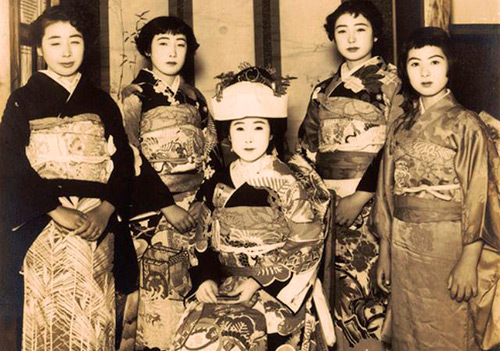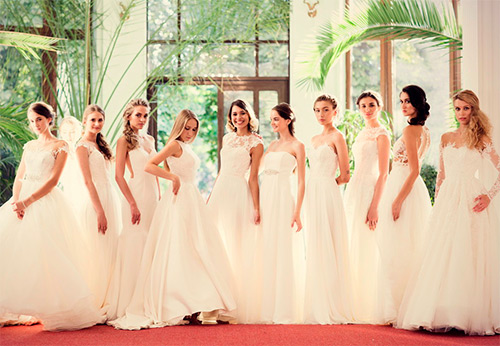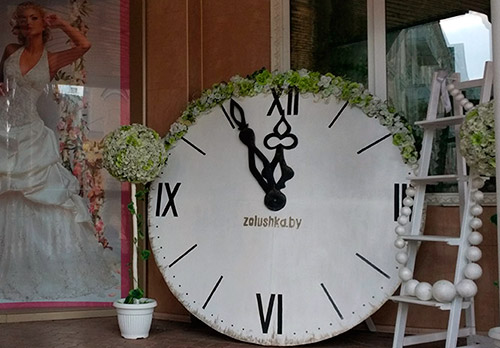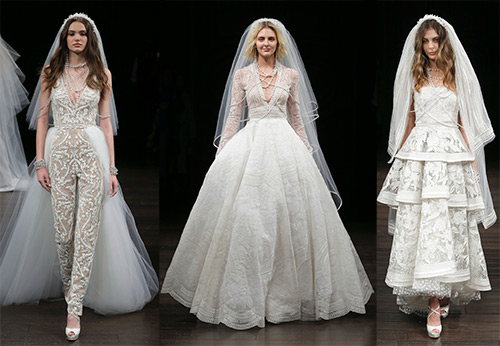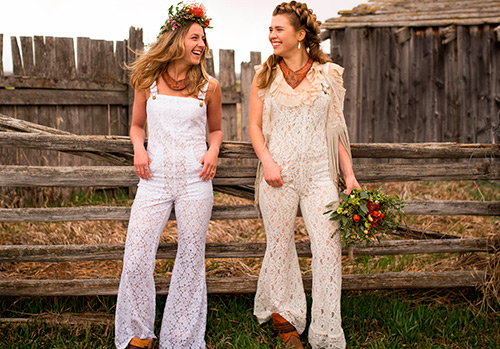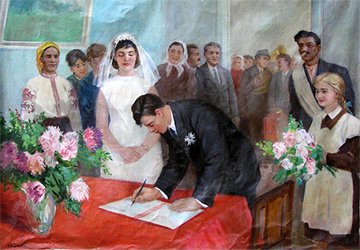Bridal fashion
Wedding ceremony in Lida and medieval wedding dresses
Another fashion trip, and at the same time a story about the wedding fashion of the Middle Ages. And also an overview of modern wedding dresses in medieval style.
Lida is a small Belarusian town with a real medieval castle. As in the tales of princesses and their brave knights. At the same time, one of the most popular excursions in the Lida Castle is the “Yagailo's Wedding” excursion.
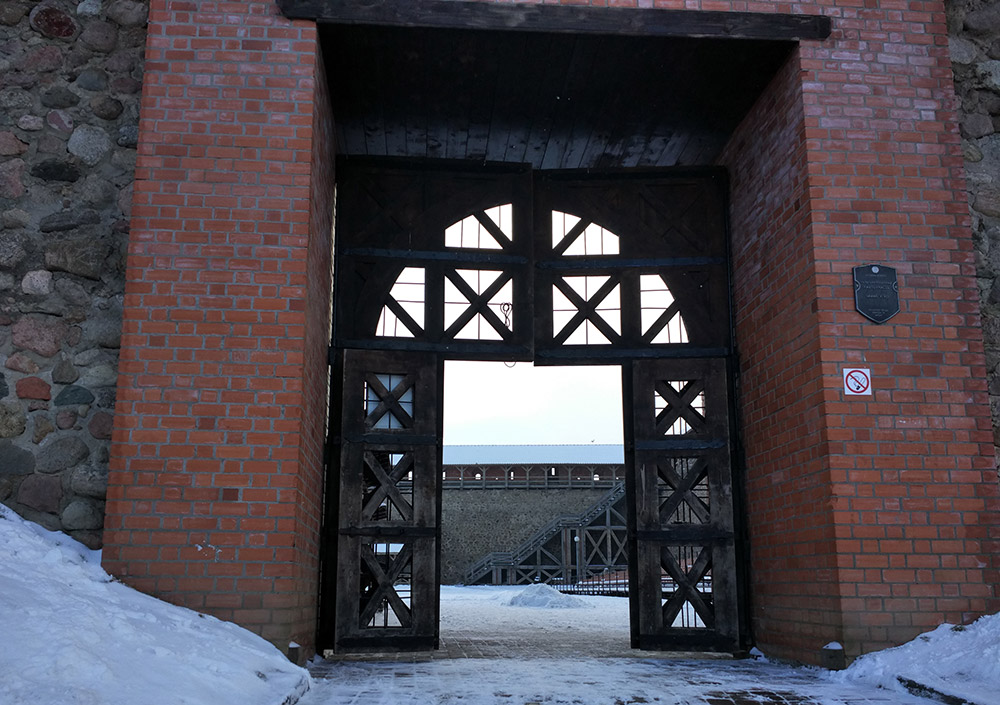
Lida Castle
Note for travelers
You can get to Lida from Minsk by train or buses from Grodno. And to explore the castle and the surrounding area (church, church), a day will be enough for you. You can also go to a restaurant and try Belarusian cuisine, for example, potato pancakes with mocha. Or drink a Lida beer. By the way, the first brewery in Lida appeared in 1873.
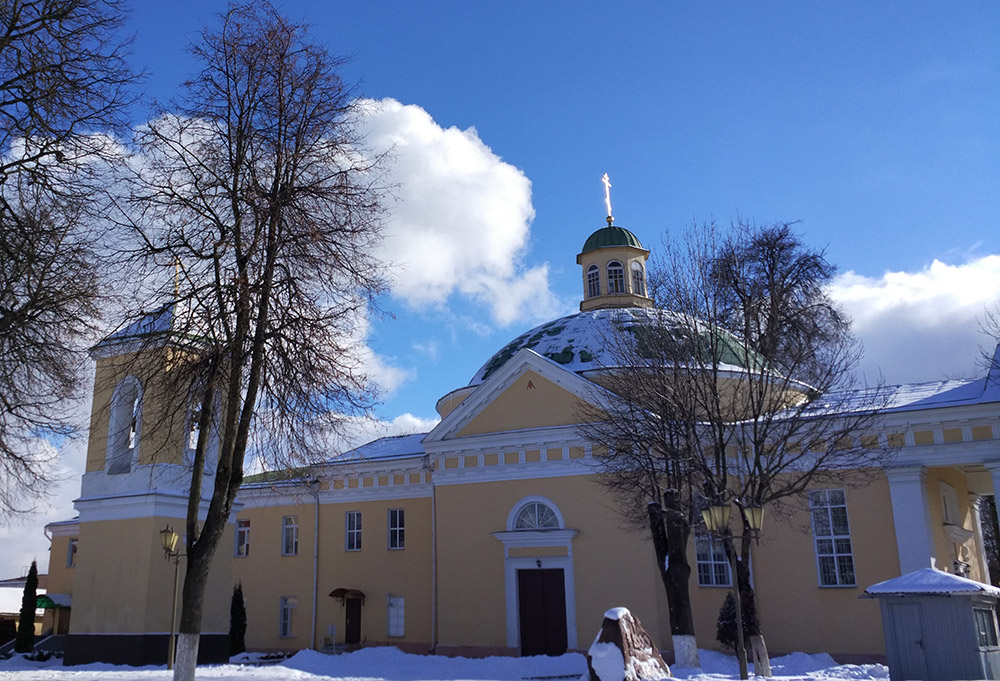
St. Michael's Cathedral, Lida
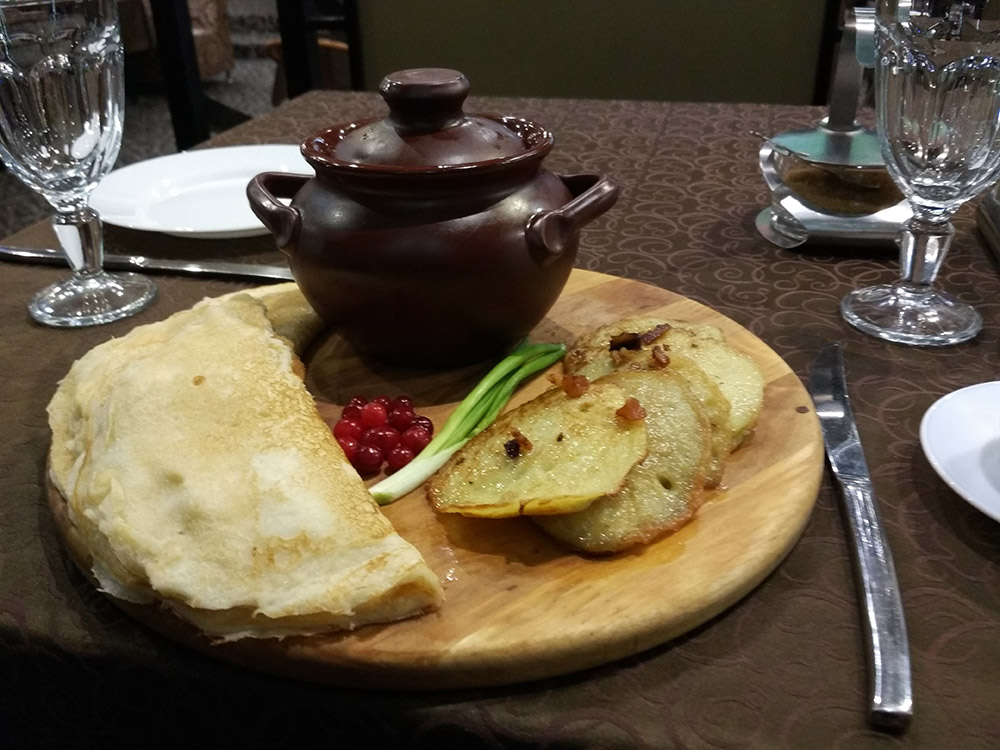
Belarusian cuisine
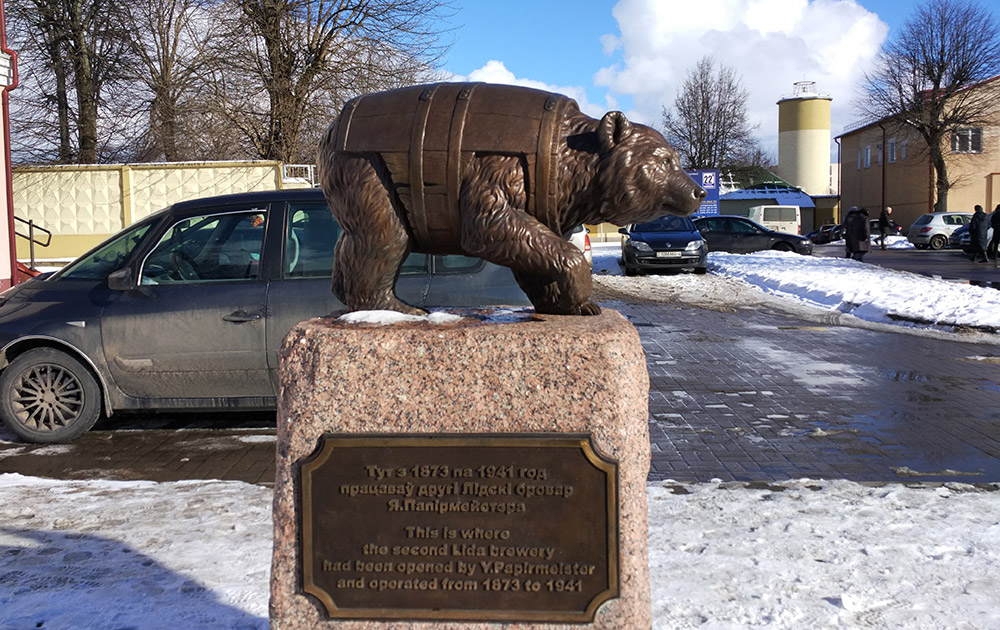
sculpture in honor of the Lida brewery
The history of the castle and the prince-builder
Lida Castle was built in the XIV century by the prince of the Grand Duchy of Lithuania Gediminas. Lida Castle is a typical Romanesque building. There are massive walls, towers, and small windows - everything for defense. A castle was built for defense from the crusaders and was part of the defensive line Novogrudok-Krevo-Medniki-Trokay. So Prince Gediminas can be considered a real builder. And he not only built castles, but also became the founder of Vilnia - the capital of the Grand Duchy of Lithuania. Today it is the city of Vilnius.
As for the castles of Gediminas, it is clear from both the Trokai and Lida castles that they are related. The Mednitsky castle has also survived. But in Novogrudok, only one tower remained from the castle. The castle in Krevo is also dilapidated. The Mednitsa and Trokai castles are located in Lithuania today, the rest are in Belarus.
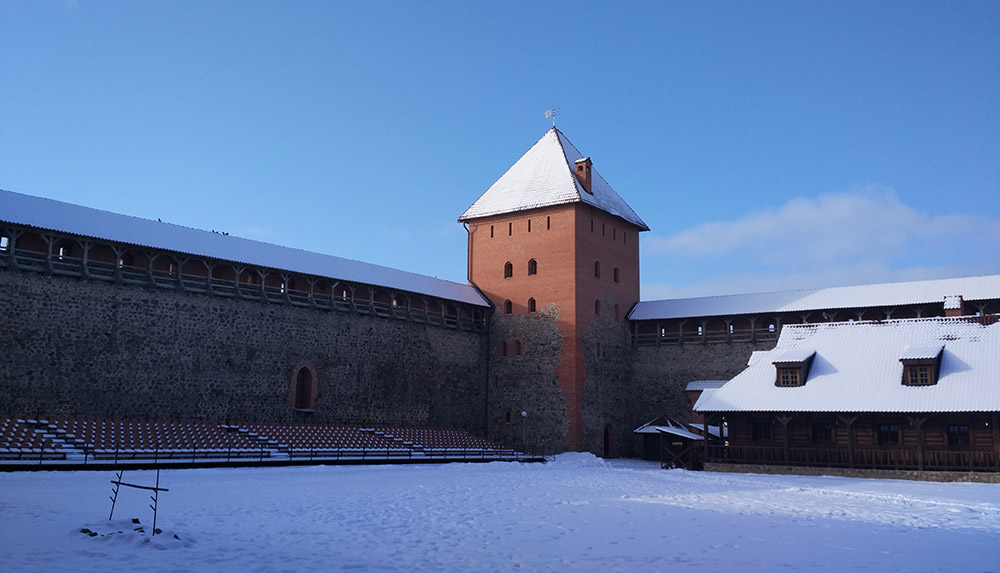
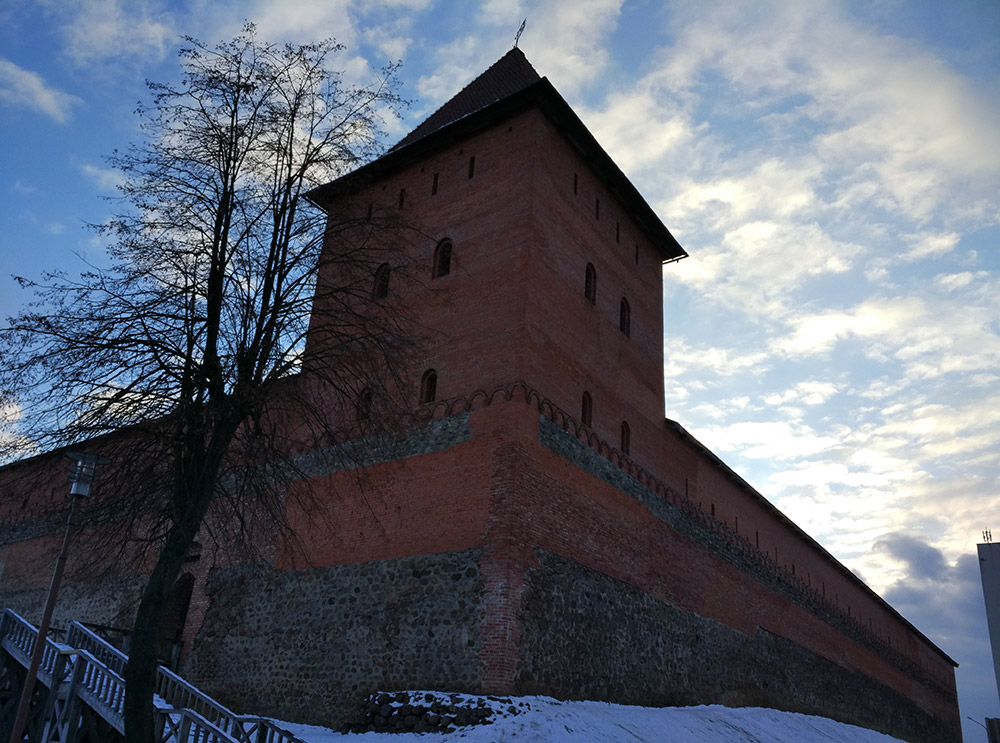
But back to the Lida Castle. Among the museum exhibits of the castle are arrowheads from the Middle Ages, knightly swords and armor, as well as a whole exhibition of medieval instruments of torture, from the Spanish maiden to the Spanish chair, is organized in the castle.
If you are not interested in weddings, you can easily check out the exhibition of medieval instruments of torture
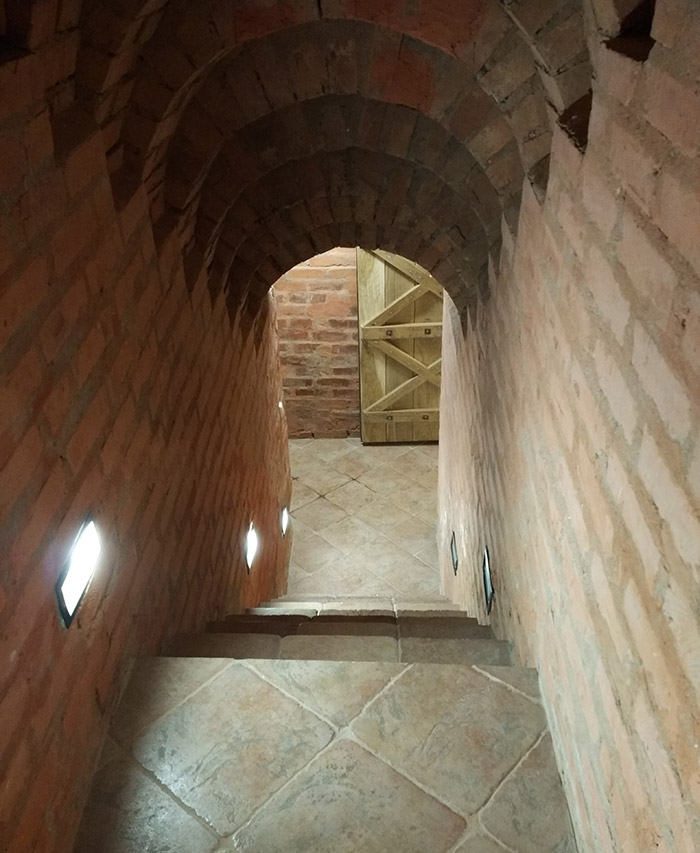
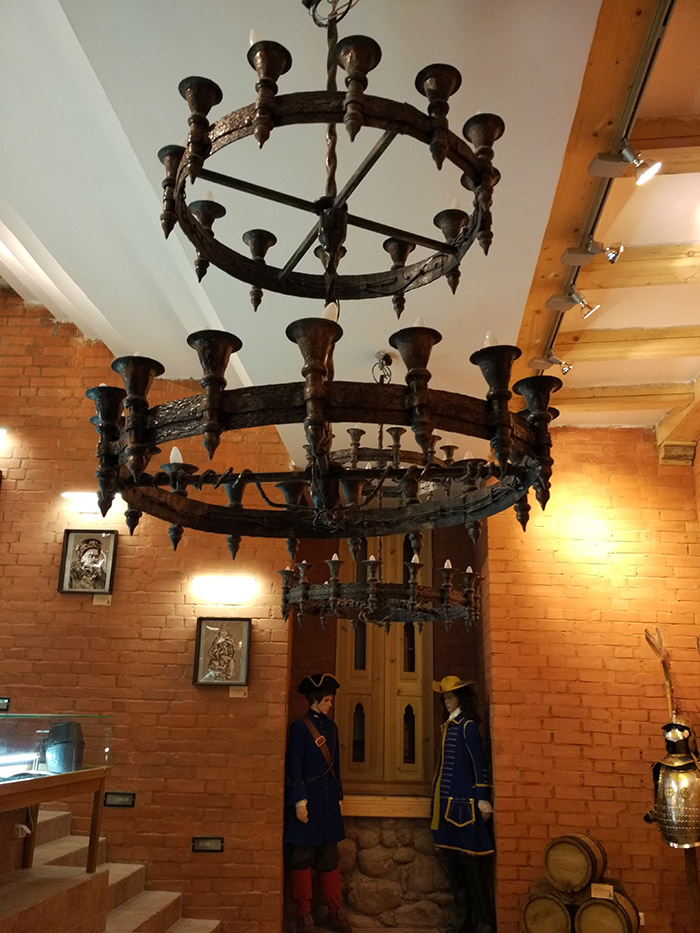
However, the Lida Castle is also interesting because in the 15th century the wedding of another prince of the Grand Duchy of Lithuania, and also the Polish king, Jagiello, took place within its walls. Rather, a wedding feast, the wedding was in Novogrudok.
Jagiello's wedding was a typical medieval wedding - the groom is old enough, the bride, on the contrary, is young. Yagailo was 73 years old, while his future wife Sofya Golshanskaya is only 16 years old.
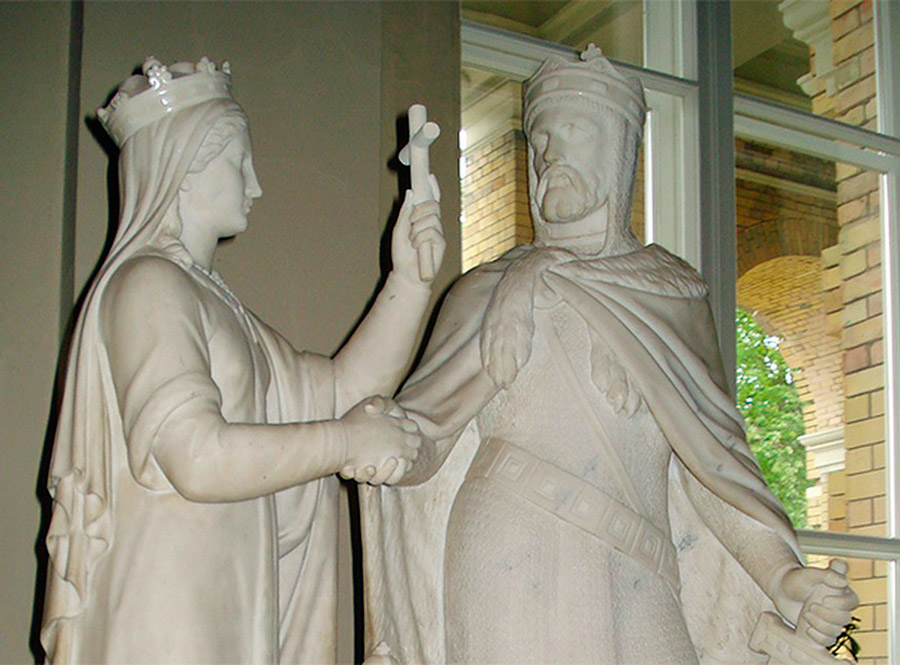
Jagiello and Yadviga
Jagiello already had three wives. The first of them, the Polish "king", just like that, the "king" called the only heiress to the Polish throne Jadwiga, thanks to whom Jagiello received the Polish crown. But Yadviga died early, like their common daughter. The other two wives of Jagiello also died without leaving him sons. But Sophia Golshanskaya still gave birth to the heir to the throne. And she outlived her husband, becoming a very influential woman in the Polish kingdom and in the Grand Duchy of Lithuania.
Medieval wedding fashion
So what were medieval wedding dresses like?
First, no wedding dresses in the Middle Ages was not. In our current understanding. Down the aisle they walked in a dress that did not differ in any way from other everyday dresses. It could be a robe, for example. The only thing is that since the 15th century, wedding dresses begin to be worn only at the wedding, but nowhere else.
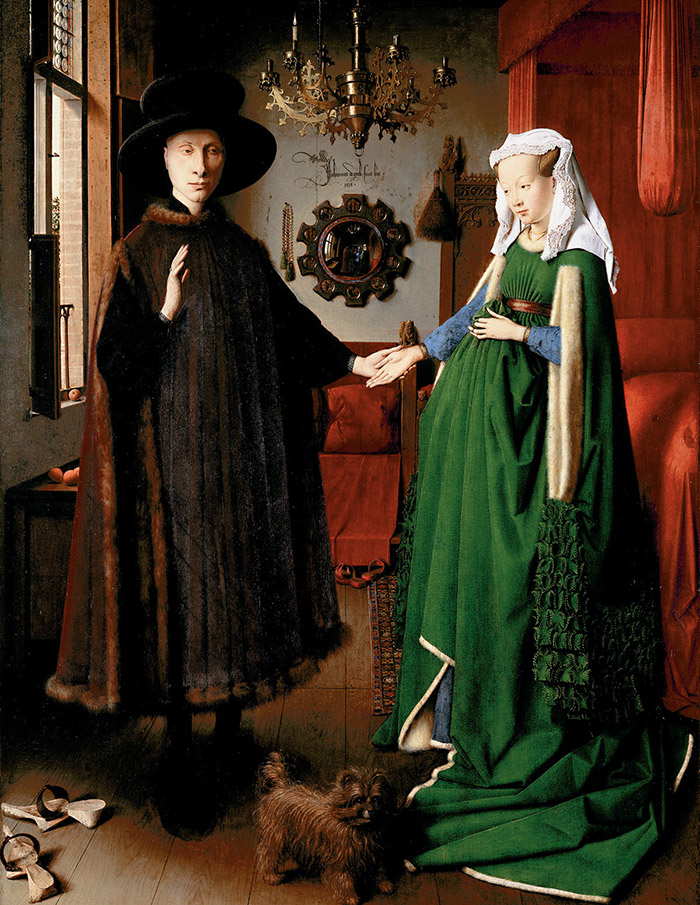
Jan van Eyck "Portrait of the Arnolfini couple" 1434.
National Gallery. London
Such dresses were with long flared sleeves, with a long, widening at the bottom, a skirt with a train, with a belt at the waist, and the waistline was made high, with a fur collar or a triangular neckline on the chest. As in everyday fashion, small pillows could be placed under wedding dresses in the belly area to create the effect of "a little pregnant" - such was the fashion in the Middle Ages.
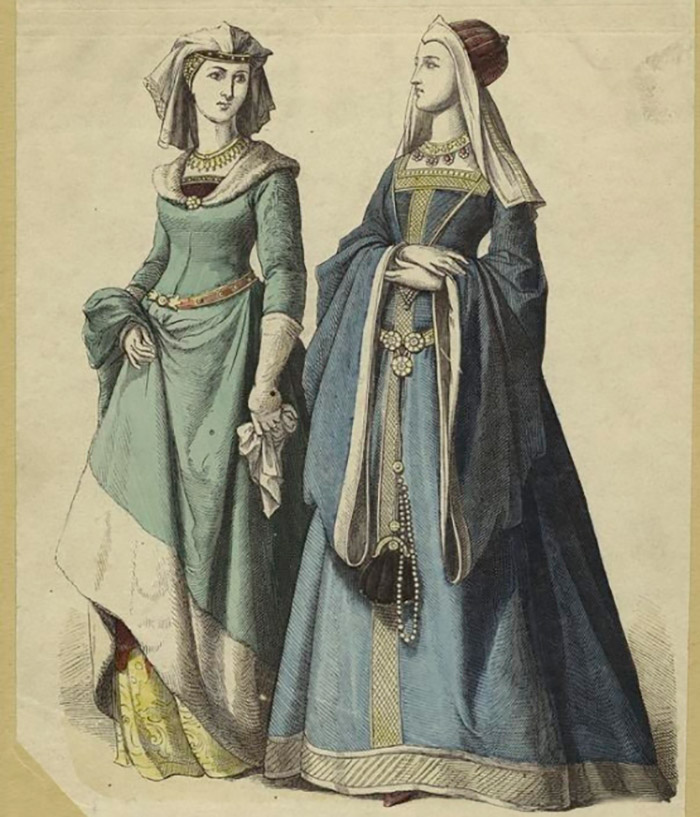
But, at the same time, wedding dresses in the Middle Ages differed from everyday ones in that they were sewn from the most expensive fabrics (velvet, brocade) and were embroidered with gold threads and precious stones. So they were very heavy. So, the Countess of Flanders Margret, who, like Sophia Golshanskaya, got married in the 15th century, was carried to the altar, because her dress was so heavy that she could not even move herself.
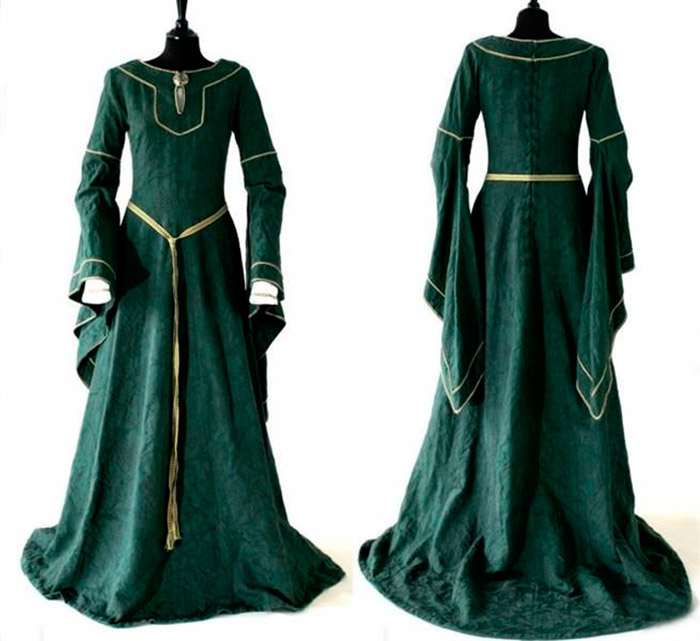
Secondly, medieval wedding dresses were not white. Their color could be any, the same as the color of everyday clothes. But most often dresses of red or blue colors were chosen for the wedding. Red was associated with beauty. By the way, in Russia people traditionally got married in red sundresses... In the Middle Ages, blue was considered the color of innocence. White, as the color of innocence, will appear for wedding dresses only in the 19th century.
But the veil was in the Middle Ages. The medieval veil was very expensive and was made from silk fabric, the same fabric that was delivered to Europe from China at that time.
Medieval wedding dresses
Today the choice of wedding dresses is very wide. And a modern wedding dress may well be in a medieval style. This dress will suit lovers of antiquity and romance.
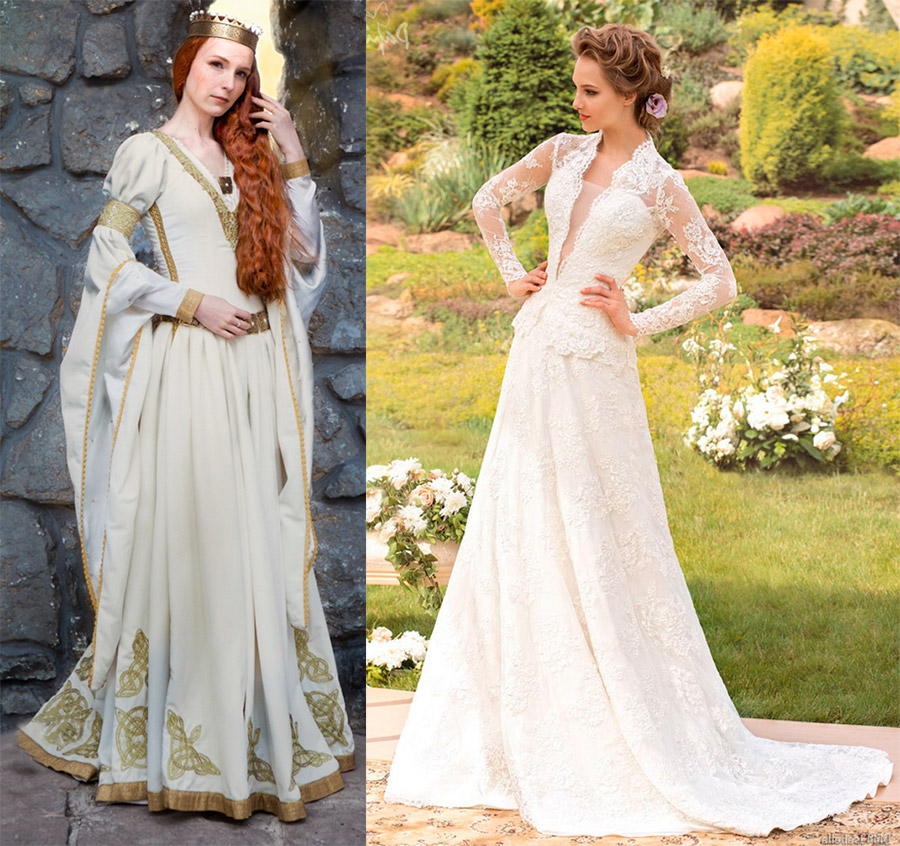
Modern wedding dresses in the medieval style are most often white or light pastel shades, but their style corresponds to the styles of dresses of the Middle Ages. That is, long flared sleeves, a train, and a high waistline. Today, such dresses can be decorated with lace, although in the Middle Ages lace was not yet worn.
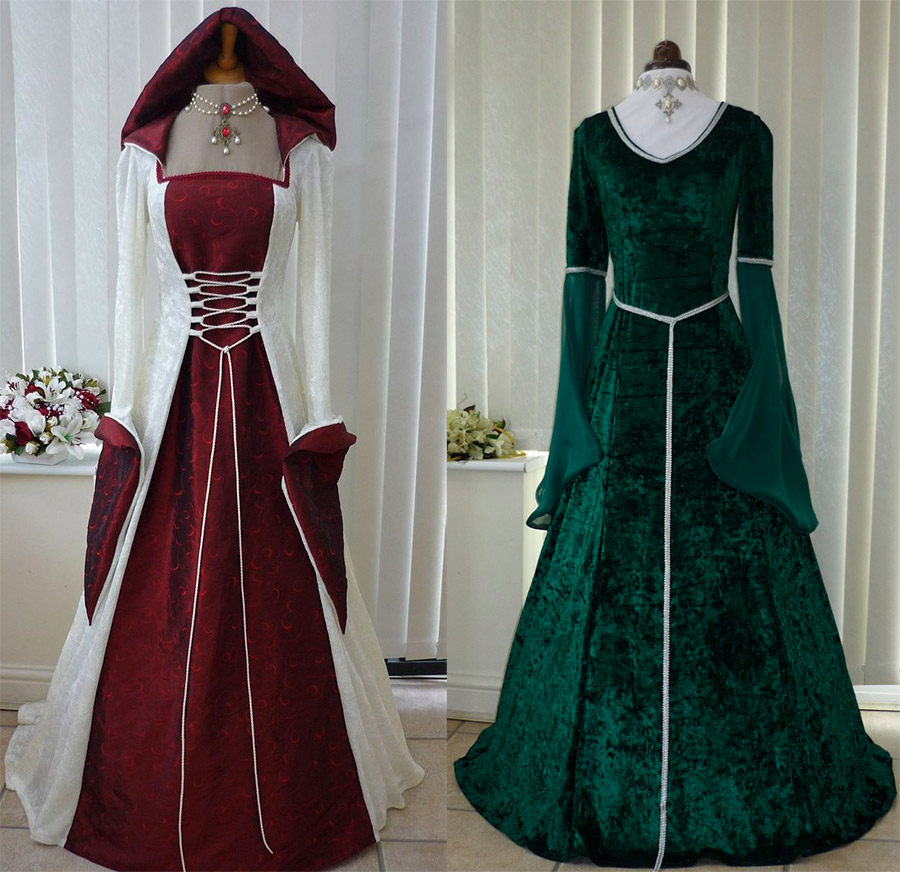
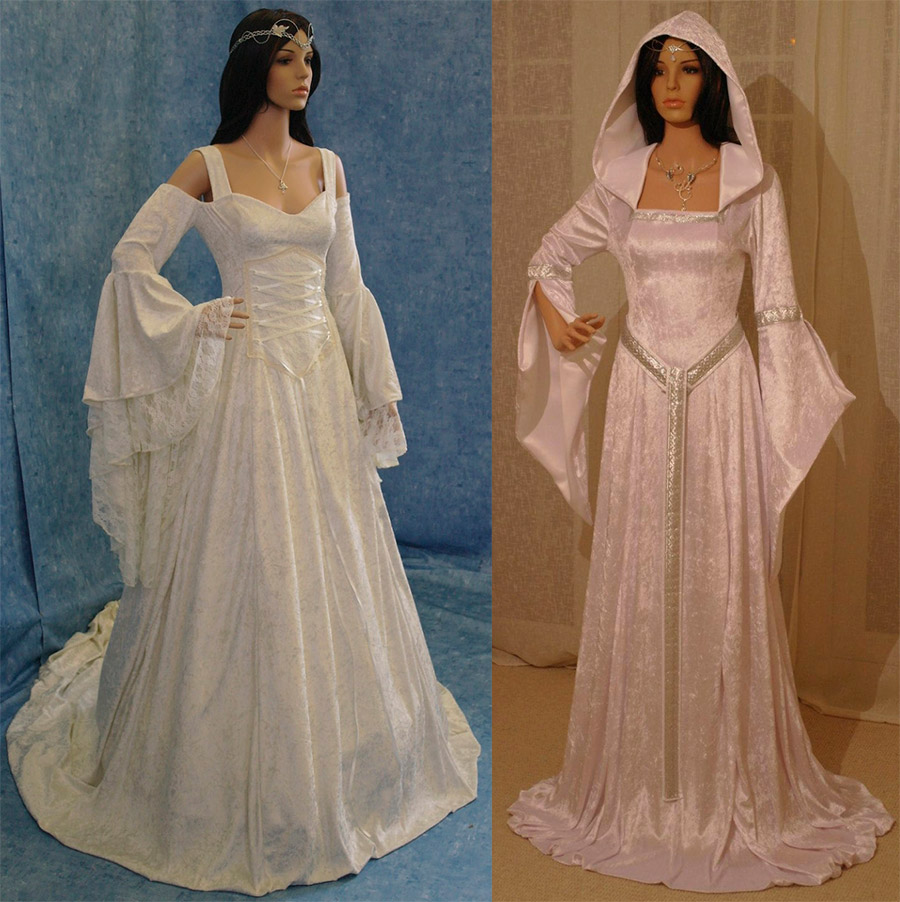
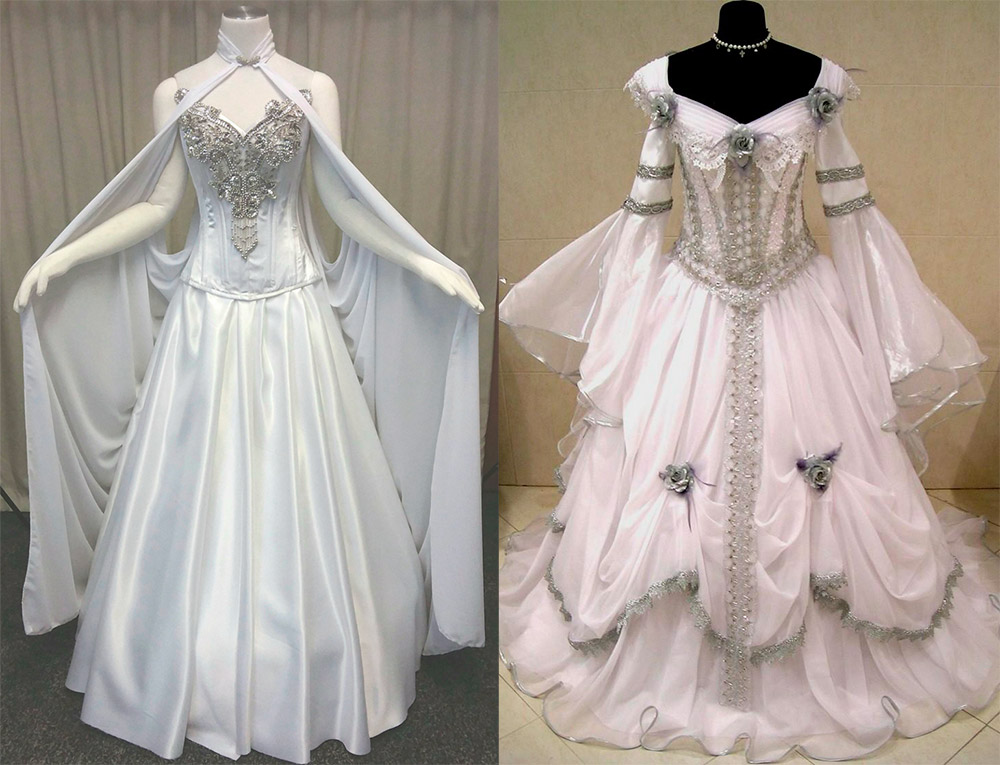
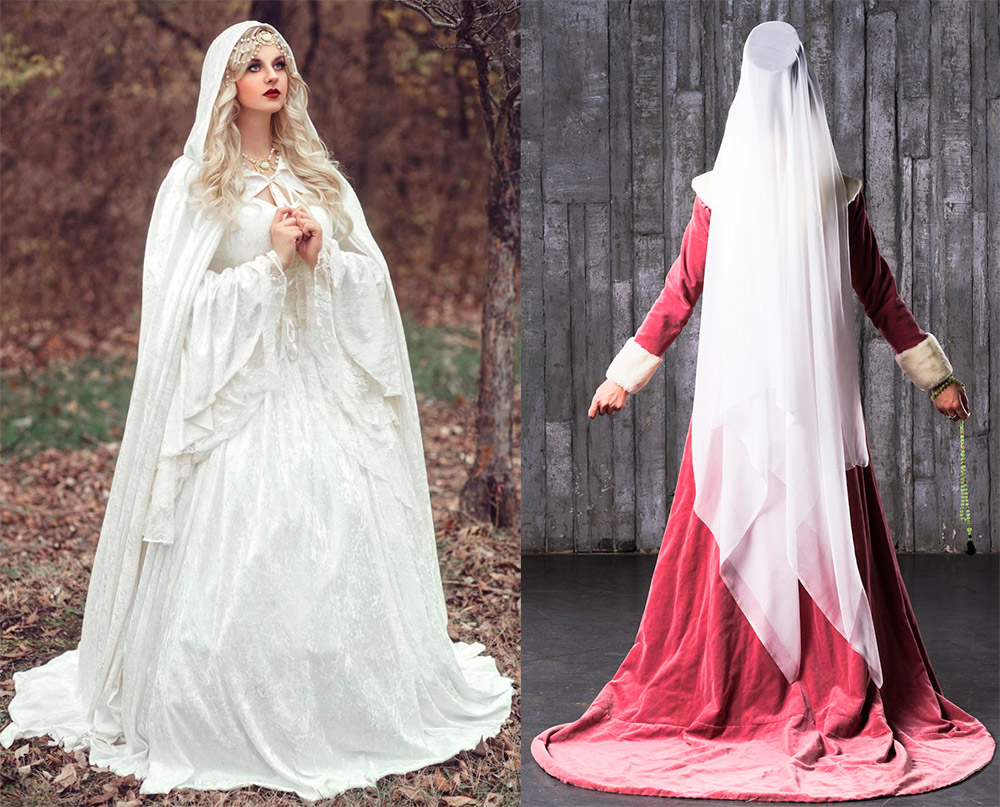
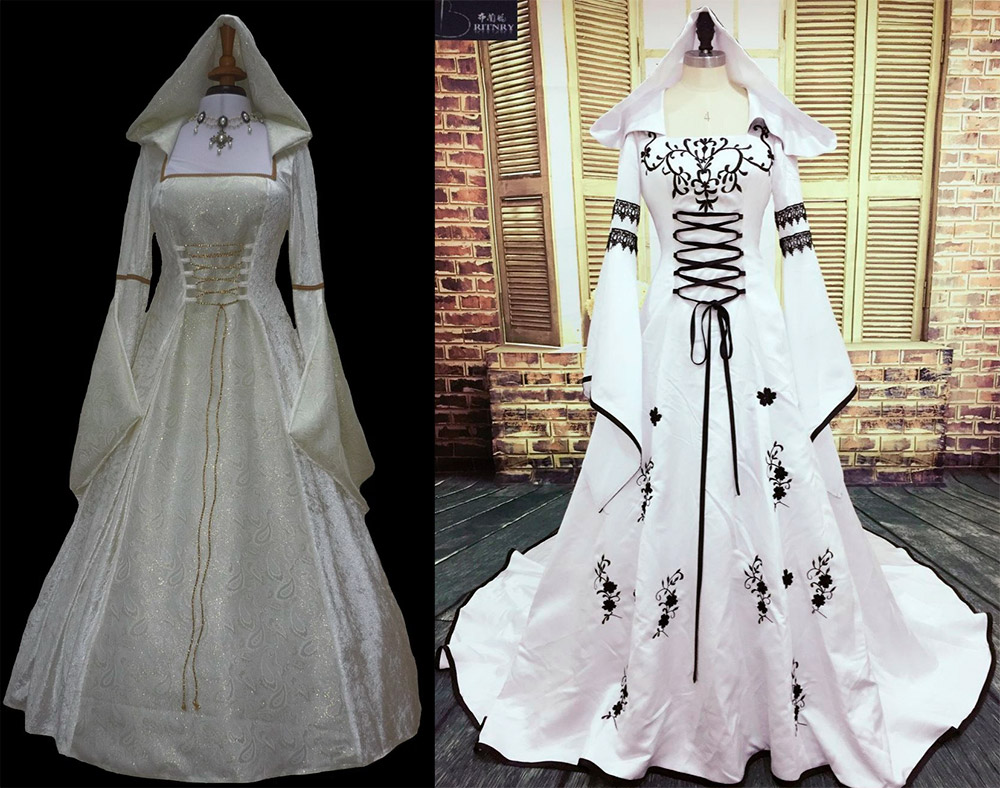
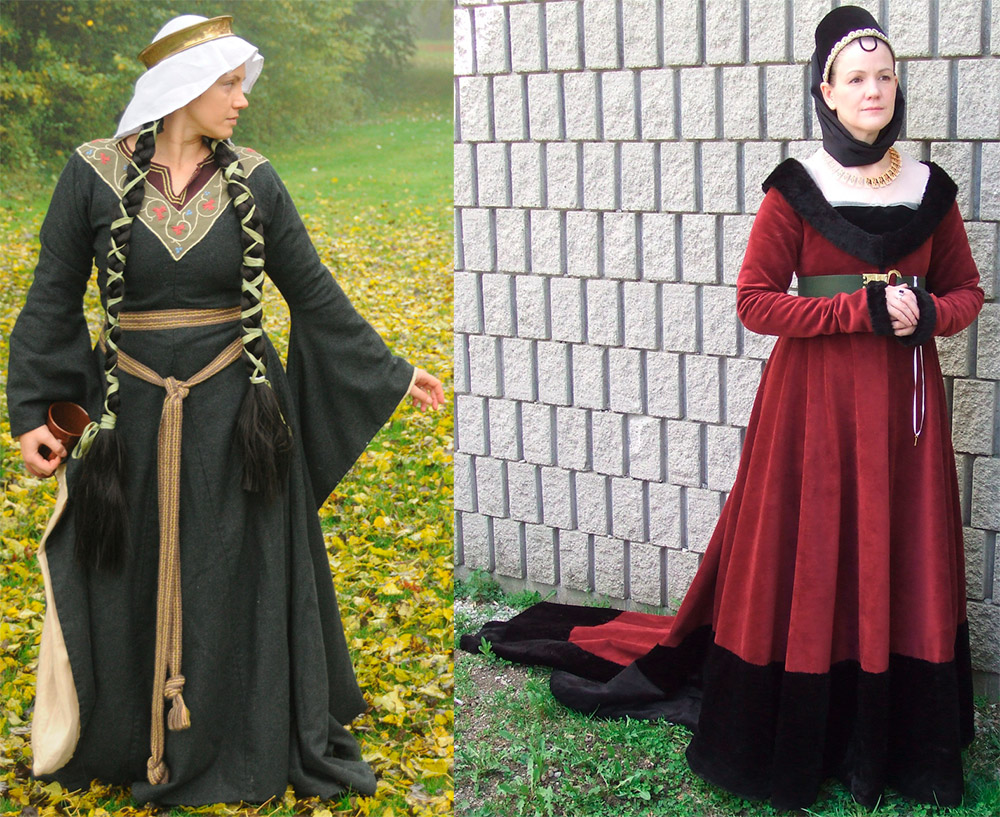
Comments and Reviews
Add a comment
Rating news
Shades of clothing that make women look younger
What shades of hair make women younger: rules and photos
Funny wedding dresses - photos and ideas
12 most expensive down jackets for the winter
How to look 25 at 40: tips from supermodels
Beautiful schoolgirls
Anti-aging haircuts and hairstyles for women
Fashionable skirts for autumn and winter
Fashionable women's trousers for the cold season
Fashionable and stylish sandals for summer 2024
Spring-summer 2024
 Fashionable dresses and tops with thin spaghetti straps
Fashionable dresses and tops with thin spaghetti straps
 Bandana tops: how to wear stylishly and beautifully
Bandana tops: how to wear stylishly and beautifully
 How to put together the perfect men's wardrobe for the summer
How to put together the perfect men's wardrobe for the summer
 Trendy shorts for spring-summer 2024
Trendy shorts for spring-summer 2024
 Fashionable skirts for spring-summer 2024: a guide to online shopping
Fashionable skirts for spring-summer 2024: a guide to online shopping
 The most fashionable dresses spring-summer 2024: styles and colors
The most fashionable dresses spring-summer 2024: styles and colors
 Fashionable total look 2024: image ideas and trends
Fashionable total look 2024: image ideas and trends
